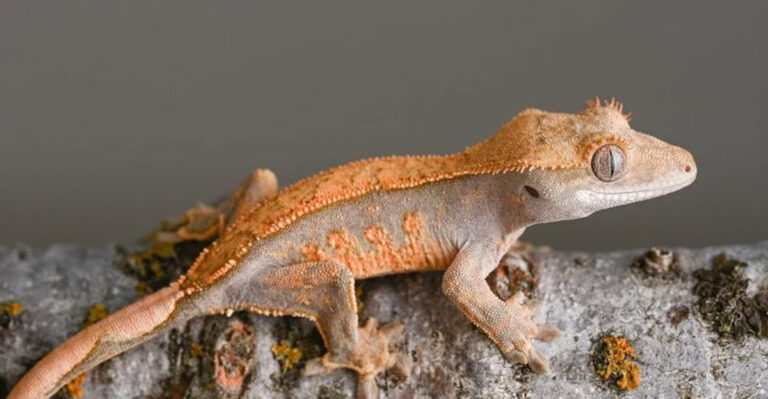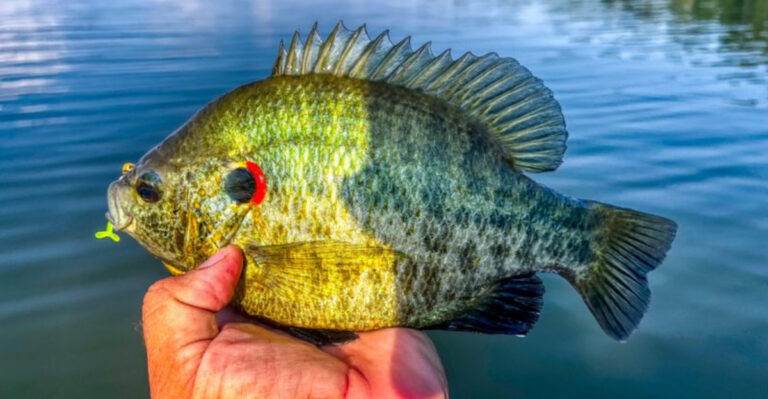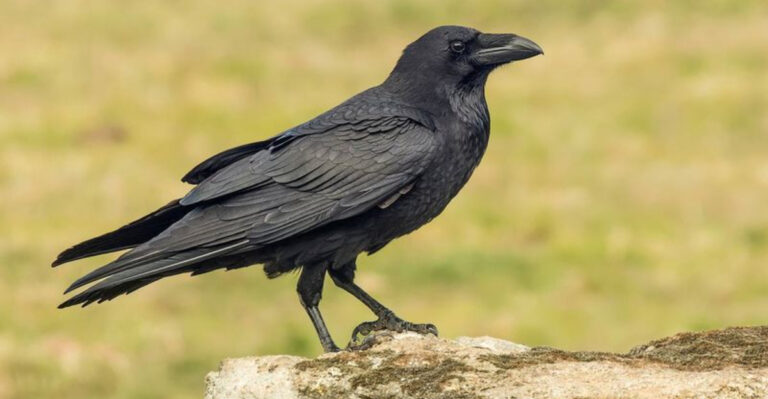17 Elusive Mammals Hiding In America’s Mountains You’ll Probably Miss On Your Hike

The vast, rugged mountains of America are home to a variety of elusive mammals, but many of them are incredibly hard to spot.
While hiking through these majestic landscapes, you may encounter beautiful views and unique wildlife, but the secretive mammals that roam these peaks often go unnoticed.
From shy predators to rare nocturnal creatures, here are 17 mountain mammals that are likely to hide in the shadows, just out of reach of the average hiker’s sight.
1. Wolverine
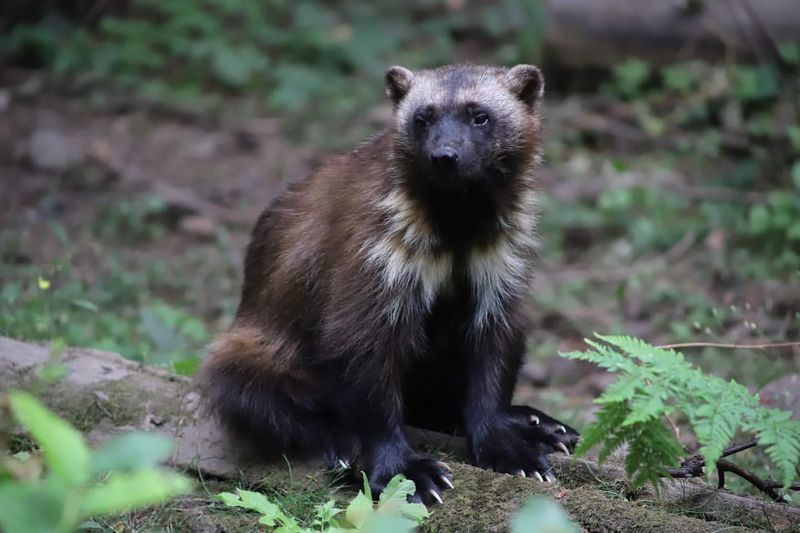
In the Sierra Nevada, the Wolverine is known for its strength and resilience. Solitary by nature, it is a powerful hunter and scavenger, capable of covering vast distances.
With thick fur for insulation, Wolverines thrive in cold climates, enduring harsh conditions. Though elusive, they are monitored by conservationists as climate change threatens their habitat.
2. Pika
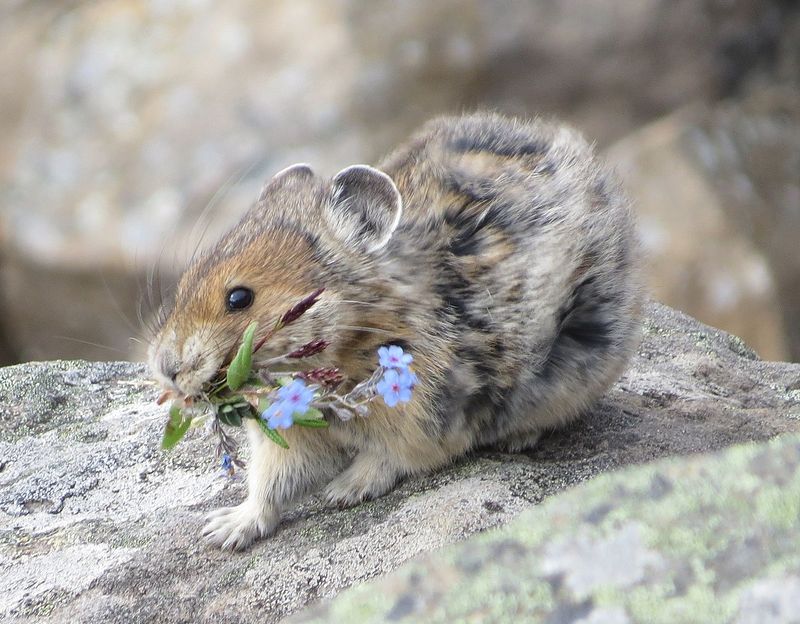
The Pika, found in the Appalachian Mountains, is well-adapted to alpine life. This small, tailless mammal stores food for winter and communicates with vocal calls.
Pikas can survive extreme cold but face threats from rising temperatures. Conservationists worry about their future as climate change forces them to higher altitudes.
3. Mountain Goat
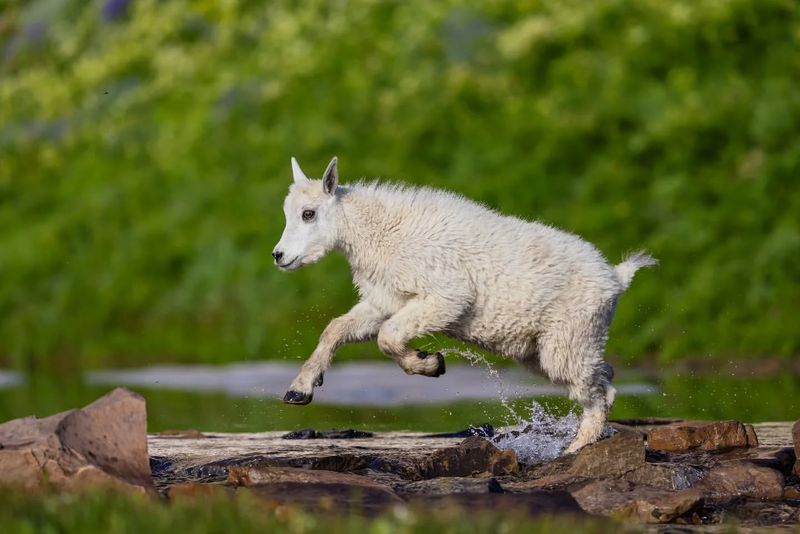
The Mountain Goat of the Cascade Range is a skilled climber, able to scale steep cliffs with ease. Their thick coats and sharp eyesight protect them in harsh conditions.
Although they live in herds, they face challenges from climate change and human encroachment. Conservation efforts are focused on preserving their habitat and populations.
4. American Marten
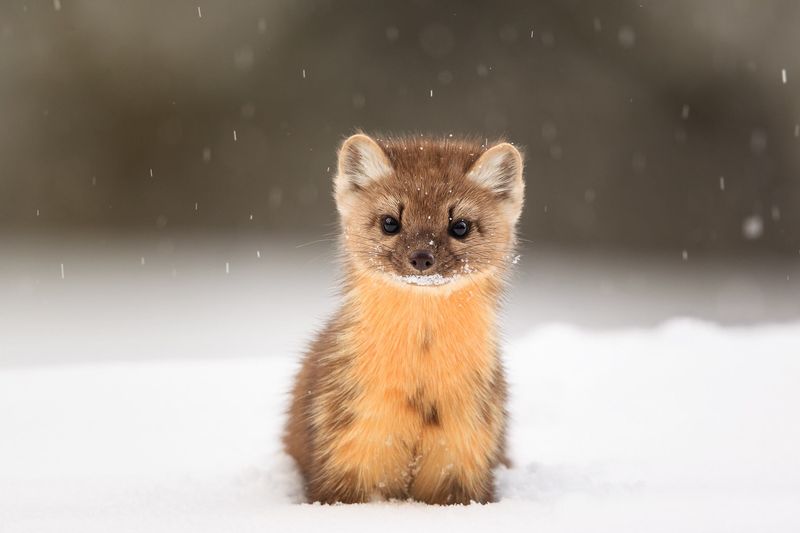
The American Marten in the Rocky Mountains is a stealthy predator, thriving in forests with its sharp senses and nocturnal habits.
Adapted to cold climates, it hunts small rodents and berries. With deforestation threatening its habitat, conservation efforts are vital to protect this elusive species.
5. Snowshoe Hare
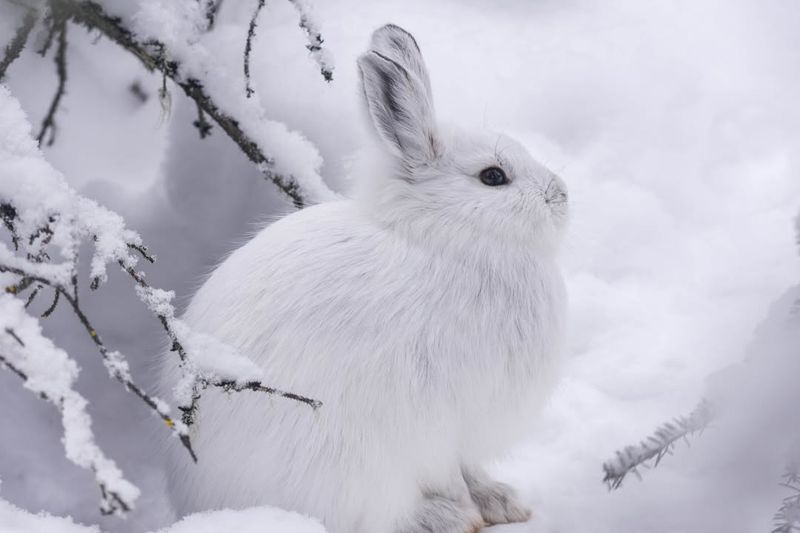
The Snowshoe Hare of the White Mountains is almost invisible with its seasonal coat changes. Its large hind feet help it navigate deep snow, and it feeds on twigs and grasses.
Nocturnal by nature, the Snowshoe Hare plays a crucial role in the ecosystem, though its population fluctuates with environmental changes.
6. Lynx
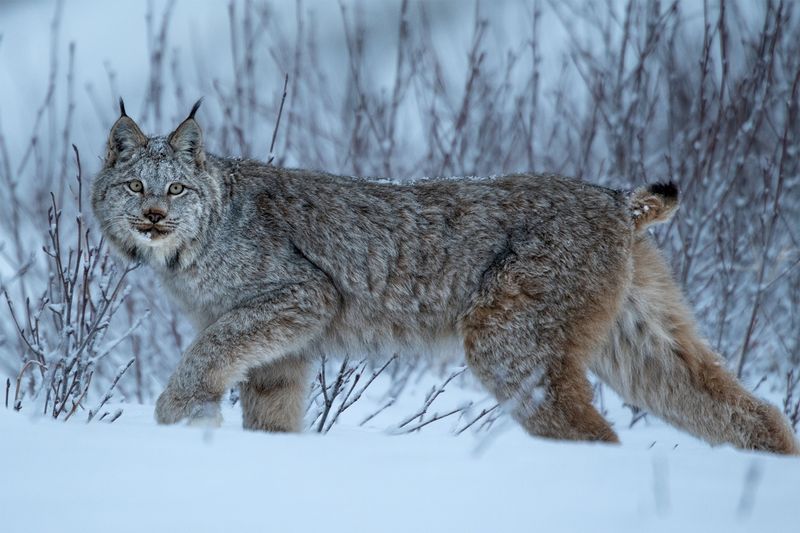
The Lynx prowls the Adirondacks with tufted ears and keen eyesight, hunting Snowshoe Hares. Solitary and elusive, it plays a key role in controlling hare populations.
Conservation efforts are paramount as their habitat faces threats from logging and development. For wildlife enthusiasts, catching sight of a Lynx in its natural setting is a rare and exhilarating experience, offering a glimpse into the life of one of the mountain’s most elusive inhabitants.
7. Bighorn Sheep
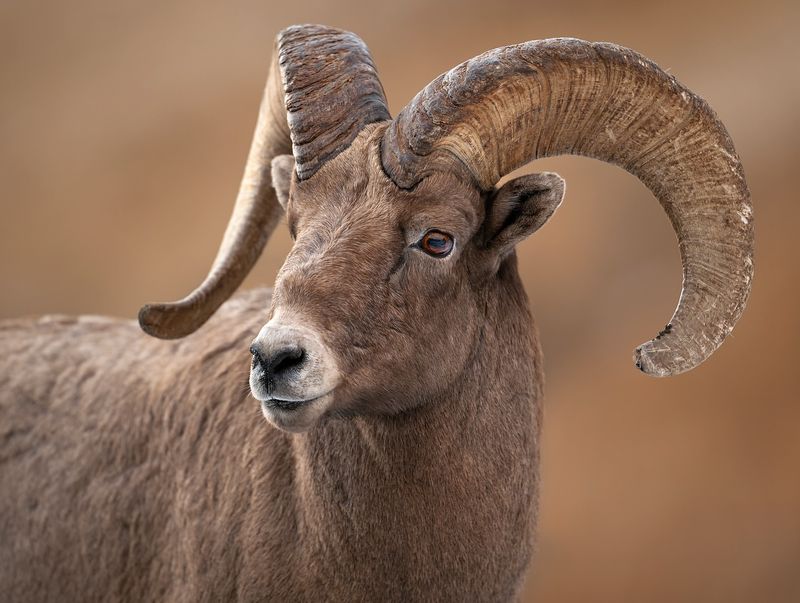
The Bighorn Sheep, symbolizing resilience in the Rocky Mountains, navigates rocky outcrops with agility.
Social and well-adapted to harsh conditions, they face threats from human activities, prompting conservation programs to protect their habitats. Conservation programs aim to protect these areas and ensure sustainable populations.
8. Cougar
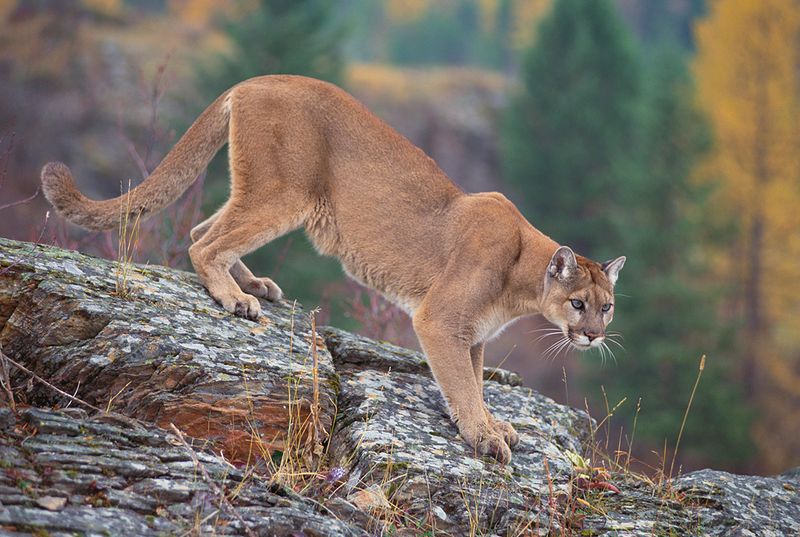
The Cougar, or Mountain Lion, moves silently through the Wasatch Range, hunting deer and elk. Elusive and solitary, it faces habitat loss and human conflicts.
Conservationists work to preserve corridors for their movement in mountainous environments. Spotting one is undoubtedly a rare and memorable experience.
9. Yellow-bellied Marmot
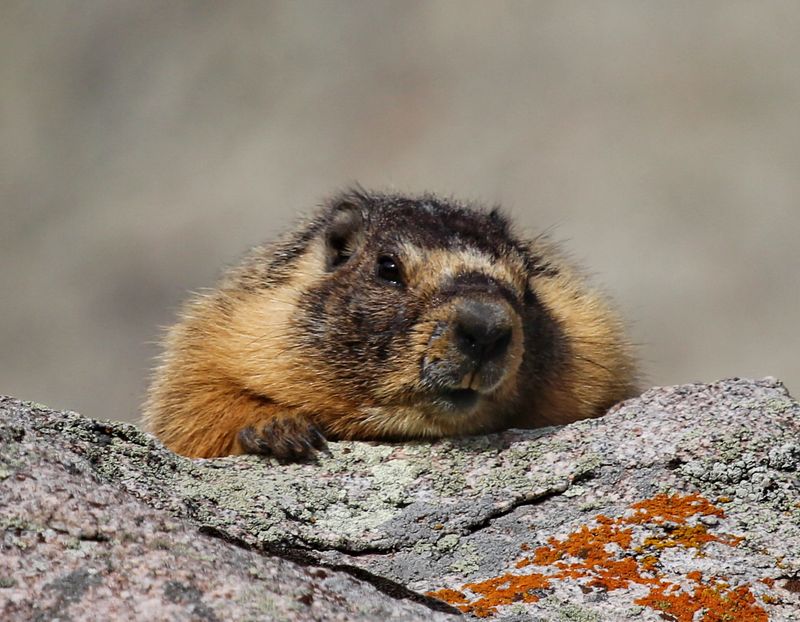
Social and adaptable, the Yellow-bellied Marmot thrives in the Sierra Nevada, communicating with whistles and hibernating through winters. Climate changes threaten their habitat, as warmer temperatures can disrupt their hibernation patterns.
Observers fondly refer to them as “whistle pigs” due to their calls, appreciating their role in the mountain’s complex ecosystem.
10. Gray Wolf
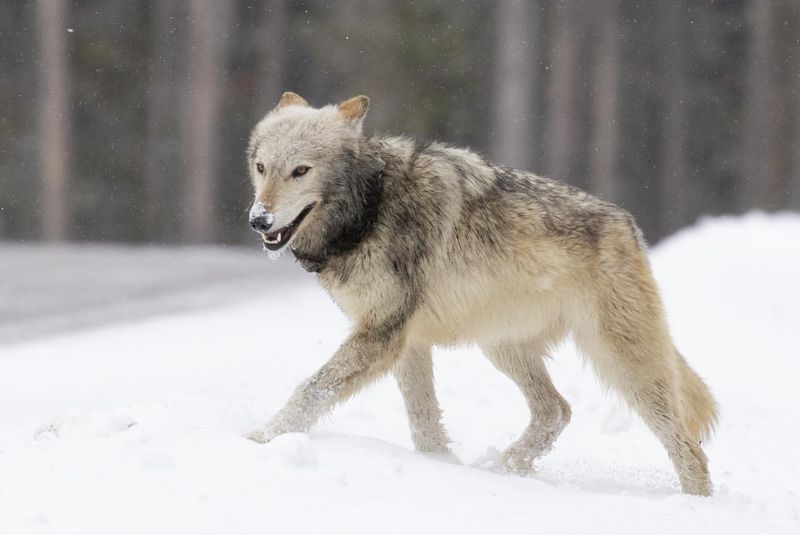
The Gray Wolf, a symbol of the Northern Rockies, hunts in packs and plays a crucial role in maintaining ecological balance.
Despite persecution, conservation efforts have helped their comeback, though ongoing management is needed to address human-wolf conflicts.
11. Grizzly Bear
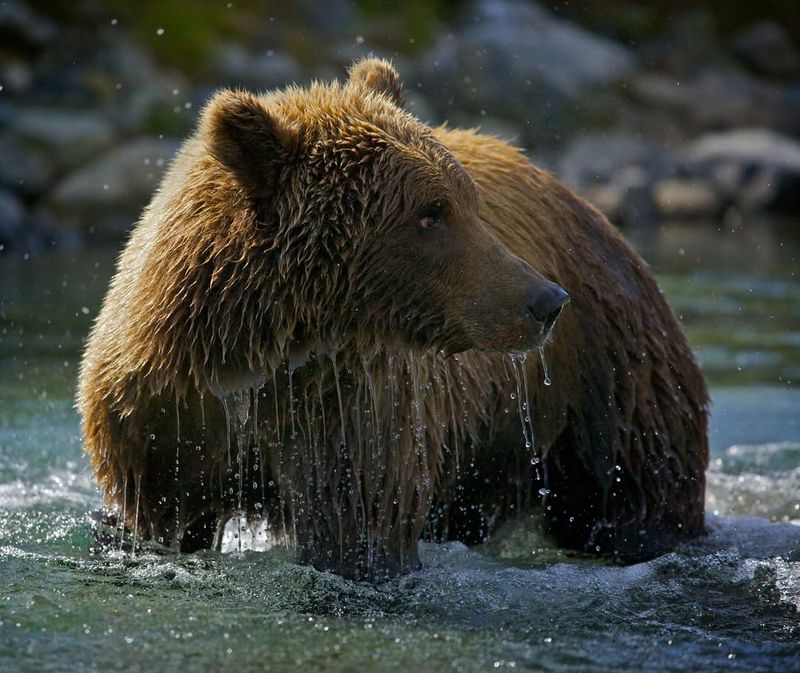
The Grizzly Bear roams the Northern Rockies, feeding on berries, fish, and mammals. As a keystone species, it plays an essential role in maintaining balance, but habitat loss and human expansion threaten its population.
Conservation efforts are crucial to protect these powerful animals.
12. Red Fox
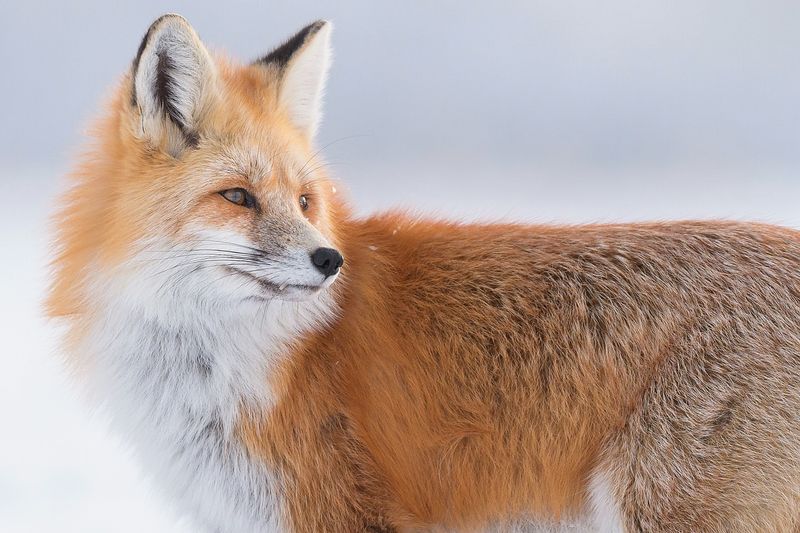
In the Catskill Mountains, the Red Fox roams with its vibrant coat, skilled in hunting rodents, birds, and insects. Solitary yet social, they form pairs or family groups, using their bushy tails for balance and warmth.
Despite challenges from habitat loss and hunting, their adaptability ensures their survival. A Red Fox sighting, especially against a snowy backdrop, offers a memorable glimpse of the mountains’ resilient wildlife.
13. Mountain Beaver
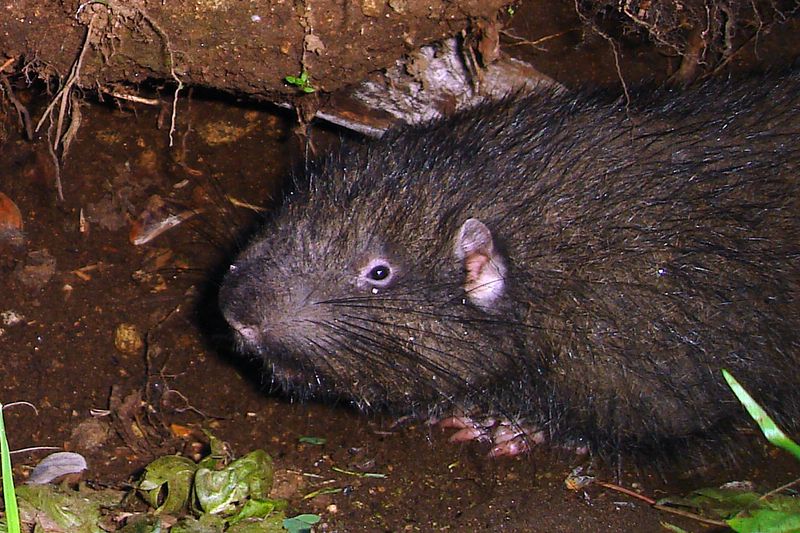
In the foggy forests of the Pacific Northwest, the Mountain Beaver lives a burrowing lifestyle in damp, lush environments. Though not a true beaver, it thrives in underground burrows, contributing to soil aeration and plant diversity.
Solitary and elusive, the Mountain Beaver’s secretive nature makes it a rare sight, but its ecological role reveals a unique aspect of mountain biodiversity.
14. Moose
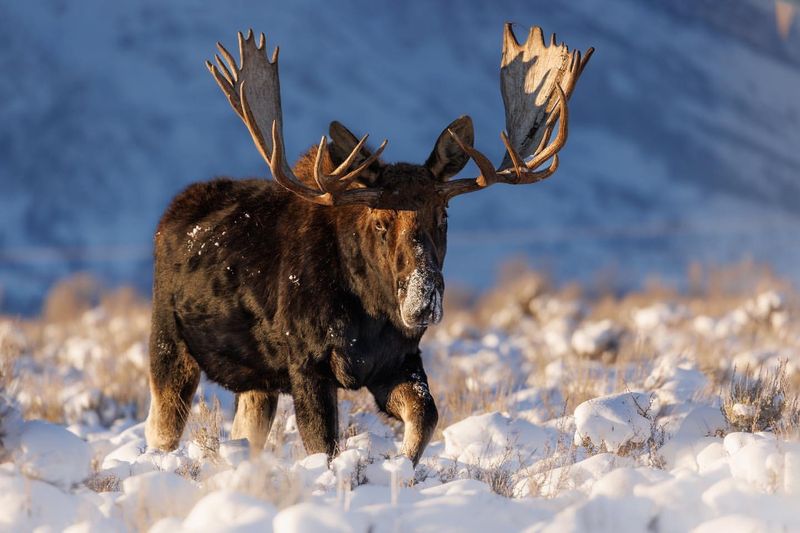
In the Grand Tetons’ wetlands, the Moose stands as a majestic figure, with its towering size and massive antlers. As the largest deer family member, moose weigh up to 1500 pounds and feed on aquatic vegetation and shrubs.
Despite their size, they are sensitive to warmth, which affects their health and feeding. Conservation efforts focus on protecting wetland habitats crucial for their survival.
Spotting a moose in the wild offers an unforgettable encounter with one of nature’s giants, symbolizing the wilderness they inhabit.
15. Alpine Long-Eared Bat
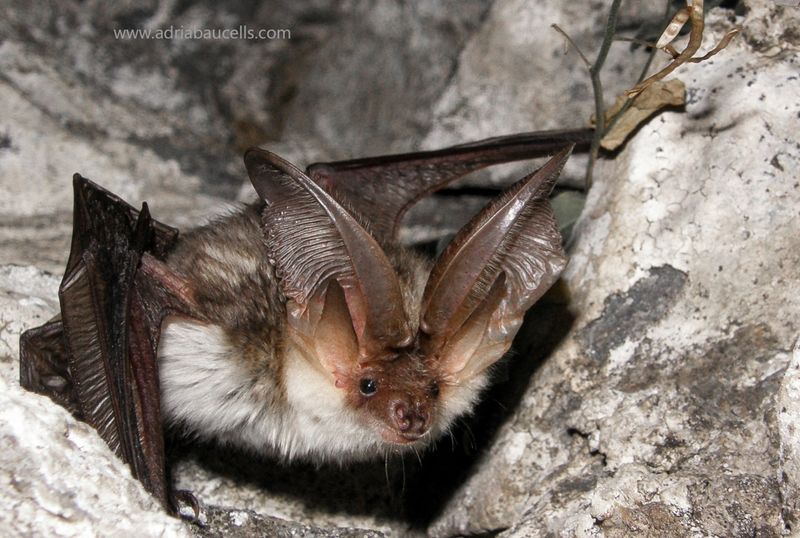
Nestled within the crevices of towering cliffs, the Alpine Long-Eared Bat flits silently through the night skies. Known for its impressive ears, which aid in echolocation, this bat is a master of nocturnal navigation.
Its habitat, often unreachable by most predators, provides a safe haven where it can thrive. The bat’s diet primarily consists of insects, making it a key player in maintaining the ecological balance.
Despite its small size, the Alpine Long-Eared Bat can cover considerable distances in search of food. High altitude living truly shapes its unique lifestyle.
16. Ringtail
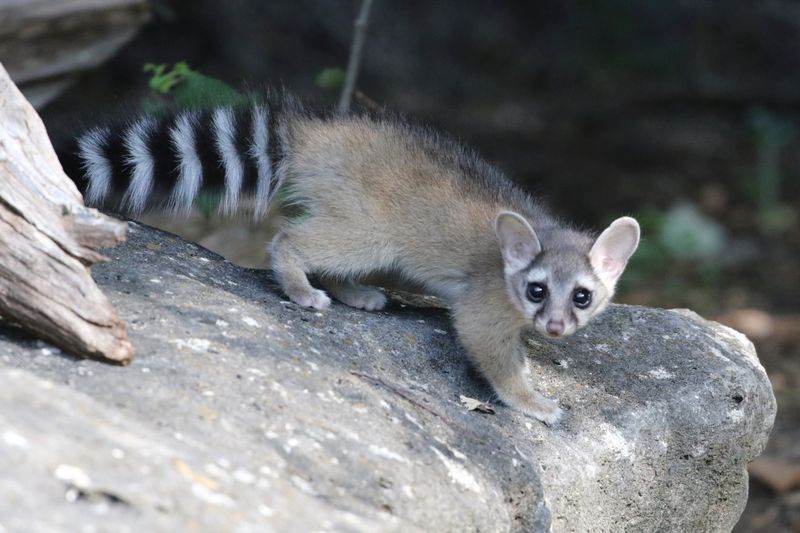
Ever seen a living, breathing ringtail? Probably not. With its sleek body and bushy tail, this nocturnal mammal thrives in the shadows of the mountains.
Known for its keen climbing skills, the ringtail is also called a “miner’s cat” despite not being a feline. Its large eyes reflect its preference for nighttime escapades.
Their elusive nature, combined with their acrobatic agility, makes spotting them a rare treat for nighttime adventurers.
17. Mouflon Sheep
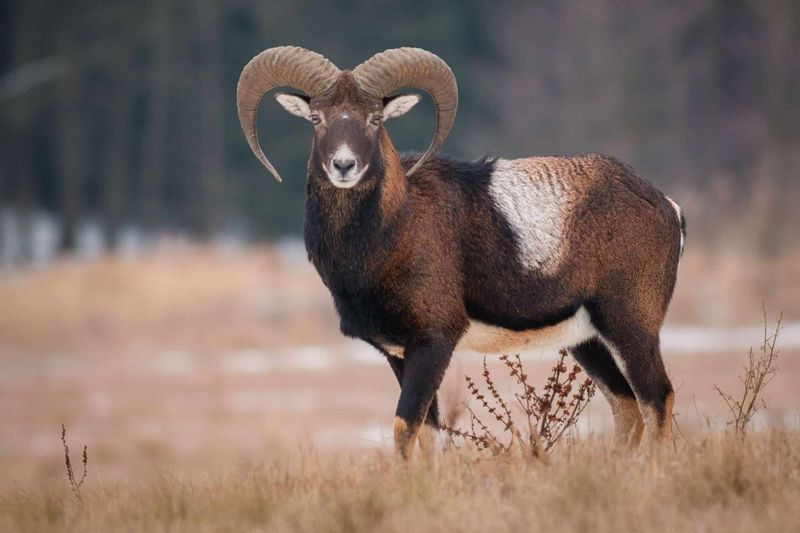
These wild sheep are known for their striking, curved horns and rugged, mountainous habitat. While they may resemble domesticated sheep, Mouflon are elusive and difficult to spot due to their preference for steep, rocky terrain.
They are most active during dawn and dusk, making sightings rare during daytime hikes. Their ability to blend into the rocky landscape, coupled with their cautious nature, makes the Mouflon Sheep one of the most challenging mammals to encounter on a hike in the mountains.

